The Shorter Dictionary of Classical Hebrew Revised
The Shorter Dictionary of Classical Hebrew Revised
The First Japanese Bible, and its Role in the Emergence of Modern Literary Japanese
The First Japanese Bible, and its Role in the Emergence of Modern Literary Japanese
Reading the Landscape of Ezekiel 40-48: A Theology of Resilience
Reading the Landscape of Ezekiel 40-48: A Theology of Resilience
1 & 2 Kings: A Visual Commentary
In this uniquely conceived and brilliantly illustrated book, Martin O’Kane, one of the leading experts internationally on biblical art, turns his attention to the narratives of 1&2 Kings. Here we encounter a large and varied cast of characters, men and women whose lives are portrayed imaginatively, ranging from exotic kings and queens and flamboyant prophets to lowly servants and other insignificant functionaries. Readers meet individuals of all ages, from the old and wise to the young and foolish, saints and sinners alike. Many of these characters, and the stories in which they appear, play a prominent part in the religious traditions and cultural worlds of three major faiths—Judaism, Christianity and Islam. Interpreted according to each faith’s distinctive norms, they are popular subjects not only in the literature but particularly in the rich iconographies of the three religions.
1&2 Kings: A Visual Commentary takes the form of a commentary that focuses on the interpretation of characters and stories from the books of Kings in the visual cultures of the three monotheistic faiths. In each chapter, the first section sets out the most distinctive interpretations and appropriations of the biblical story. The second section interprets how the story has been received and interpreted in Jewish, Christian and Islamic literature. The final section details how characters or episodes from Kings re-appear in original ways in the artwork of the three religions. With its over one hundred and seventy-five full-colour images, from Christian mediaeval manuscripts and Persian and Ottoman miniature paintings to contemporary Jewish art, the volume shows why stories from 1&2 Kings feature so prominently in the artistic and cultural worlds the three religions have helped to shape.
Scholars, students and Bible readers in general will find something new and something delightful on every page of this unusually engaging work.
1 & 2 Kings: A Visual Commentary
In this uniquely conceived and brilliantly illustrated book, Martin O’Kane, one of the leading experts internationally on biblical art, turns his attention to the narratives of 1&2 Kings. Here we encounter a large and varied cast of characters, men and women whose lives are portrayed imaginatively, ranging from exotic kings and queens and flamboyant prophets to lowly servants and other insignificant functionaries. Readers meet individuals of all ages, from the old and wise to the young and foolish, saints and sinners alike. Many of these characters, and the stories in which they appear, play a prominent part in the religious traditions and cultural worlds of three major faiths—Judaism, Christianity and Islam. Interpreted according to each faith’s distinctive norms, they are popular subjects not only in the literature but particularly in the rich iconographies of the three religions.
1&2 Kings: A Visual Commentary takes the form of a commentary that focuses on the interpretation of characters and stories from the books of Kings in the visual cultures of the three monotheistic faiths. In each chapter, the first section sets out the most distinctive interpretations and appropriations of the biblical story. The second section interprets how the story has been received and interpreted in Jewish, Christian and Islamic literature. The final section details how characters or episodes from Kings re-appear in original ways in the artwork of the three religions. With its over one hundred and seventy-five full-colour images, from Christian mediaeval manuscripts and Persian and Ottoman miniature paintings to contemporary Jewish art, the volume shows why stories from 1&2 Kings feature so prominently in the artistic and cultural worlds the three religions have helped to shape.
Scholars, students and Bible readers in general will find something new and something delightful on every page of this unusually engaging work.
Habitats of the Basileia: Essays in Honour of Elaine M. Wainwright
Habitats of the Basileia: Essays in Honour of Elaine M. Wainwright
The Dictionary of Classical Hebrew, Revised
The Dictionary of Classical Hebrew, Revised
The Dictionary of Classical Hebrew Revised. III. Zayin–Teth.
The Dictionary of Classical Hebrew Revised. III. Zayin–Teth.
The Spirit of Prophecy and Reconciliation. A Festschrift for Rickie Moore.
The Spirit of Prophecy and Reconciliation. A Festschrift for Rickie Moore.
Ruth: A Commentary
Ruth: A Commentary
First and Second Peter: An Oral and Performance Commentary
First and Second Peter: An Oral and Performance Commentary
Doing Biblical Masculinity Studies as Feminist Biblical Studies? Critical Interrogations
Doing Biblical Masculinity Studies as Feminist Biblical Studies? Critical Interrogations
Effective Stories: Genesis Through the Lens of Resilience
Effective Stories: Genesis Through the Lens of Resilience
Joel: Prophet of the Outpouring Spirit
Joel: Prophet of the Outpouring Spirit
The Way to Zion in Isaiah 40-55: Beyond New Exodus or Metaphor
The Way to Zion in Isaiah 40-55: Beyond New Exodus or Metaphor
When Psychology Meets the Bible
When Psychology Meets the Bible
From Qumran to Jude: A History of Social Crisis at Qumran and in Early Jewish Christianity
From Qumran to Jude: A History of Social Crisis at Qumran and in Early Jewish Christianity
Judges: Once Upon a Time in Israel
Judges: Once Upon a Time in Israel
Nahum, Habakkuk and Malachi
Nahum, Habakkuk and Malachi
Global Perspectives on Bible and Violence
Global Perspectives on Bible and Violence
The Great Lady: Restoring Her Story
The Great Lady: Restoring Her Story
Joban Papers
Joban Papers
Play the Man! Biblical Imperatives to Masculinity
Play the Man! Biblical Imperatives to Masculinity
Violent Biblical Texts: New Approaches
Violent Biblical Texts: New Approaches
Map or Compass? The Bible on Violence
Map or Compass? The Bible on Violence
Eschatological Approval: The Structure and Unifying Motif of James
Eschatological Approval: The Structure and Unifying Motif of James
When Seeing is Reading: Visualizing the Reception of Biblical and Other Texts
- How do Christian and Jewish exegeses, opinions and polemics of all ages interact in producing the visual art interpretations in any work, age, place, circumstance?
- From the artist’s side, what factors – of time, place, religion, reception, theology etc. – influence the interpretation that become a fixed image?
- And from the audience’s side – how, why, when are these art images received as authoritative and “true”, even more so than an actual Bible text?
- What are the cultural needs such works fulfil, or create?
When Seeing is Reading: Visualizing the Reception of Biblical and Other Texts
- How do Christian and Jewish exegeses, opinions and polemics of all ages interact in producing the visual art interpretations in any work, age, place, circumstance?
- From the artist’s side, what factors – of time, place, religion, reception, theology etc. – influence the interpretation that become a fixed image?
- And from the audience’s side – how, why, when are these art images received as authoritative and “true”, even more so than an actual Bible text?
- What are the cultural needs such works fulfil, or create?

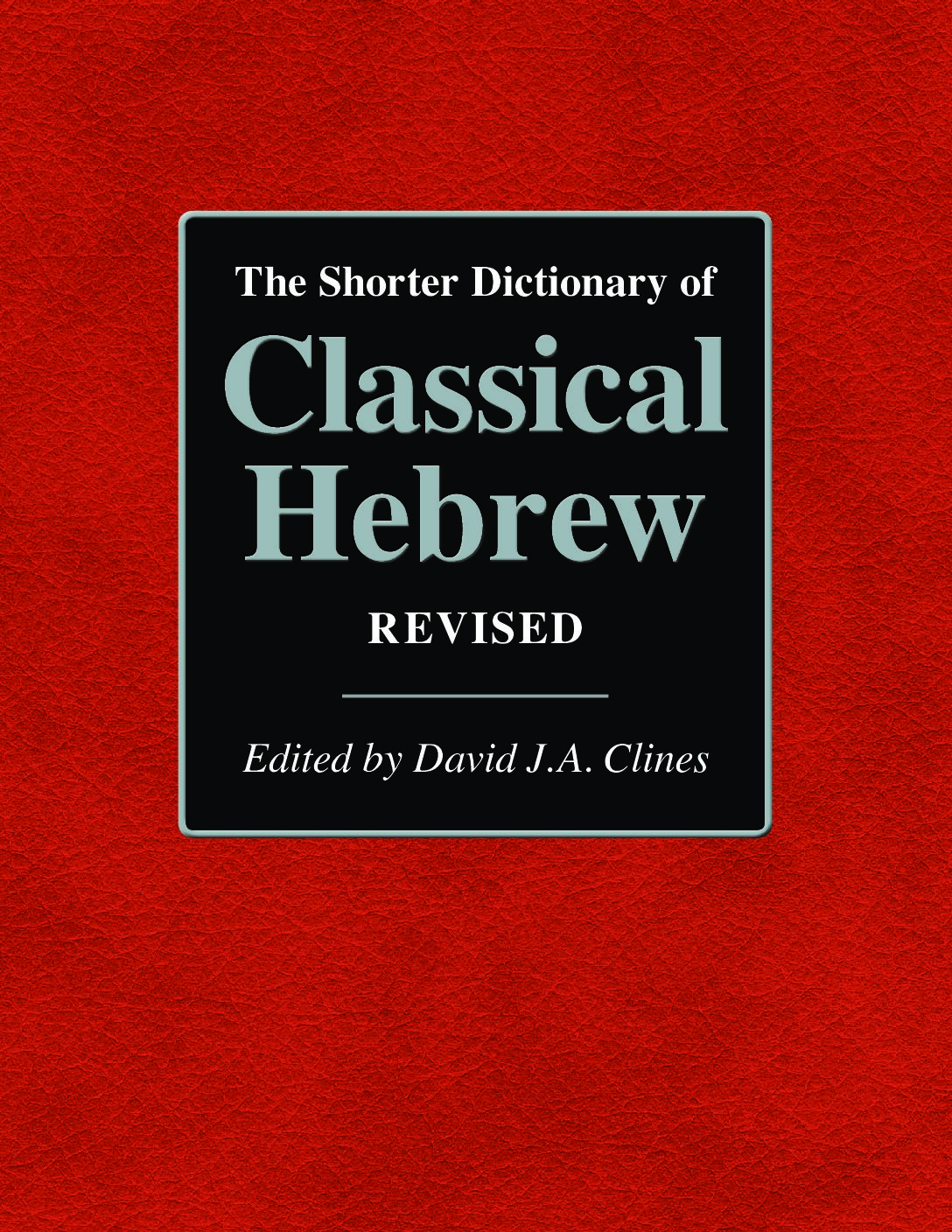
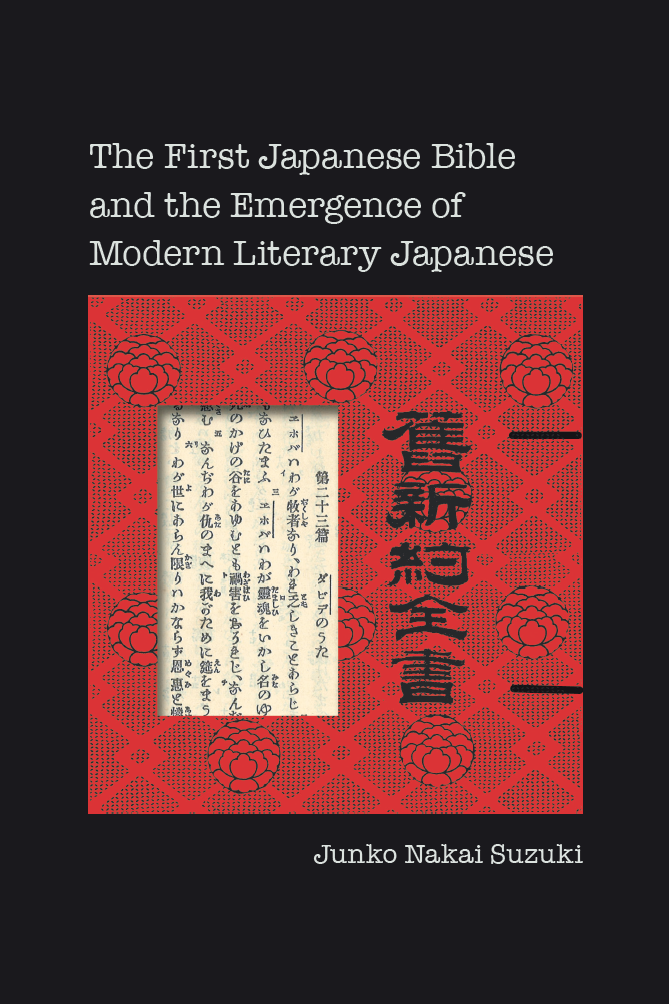
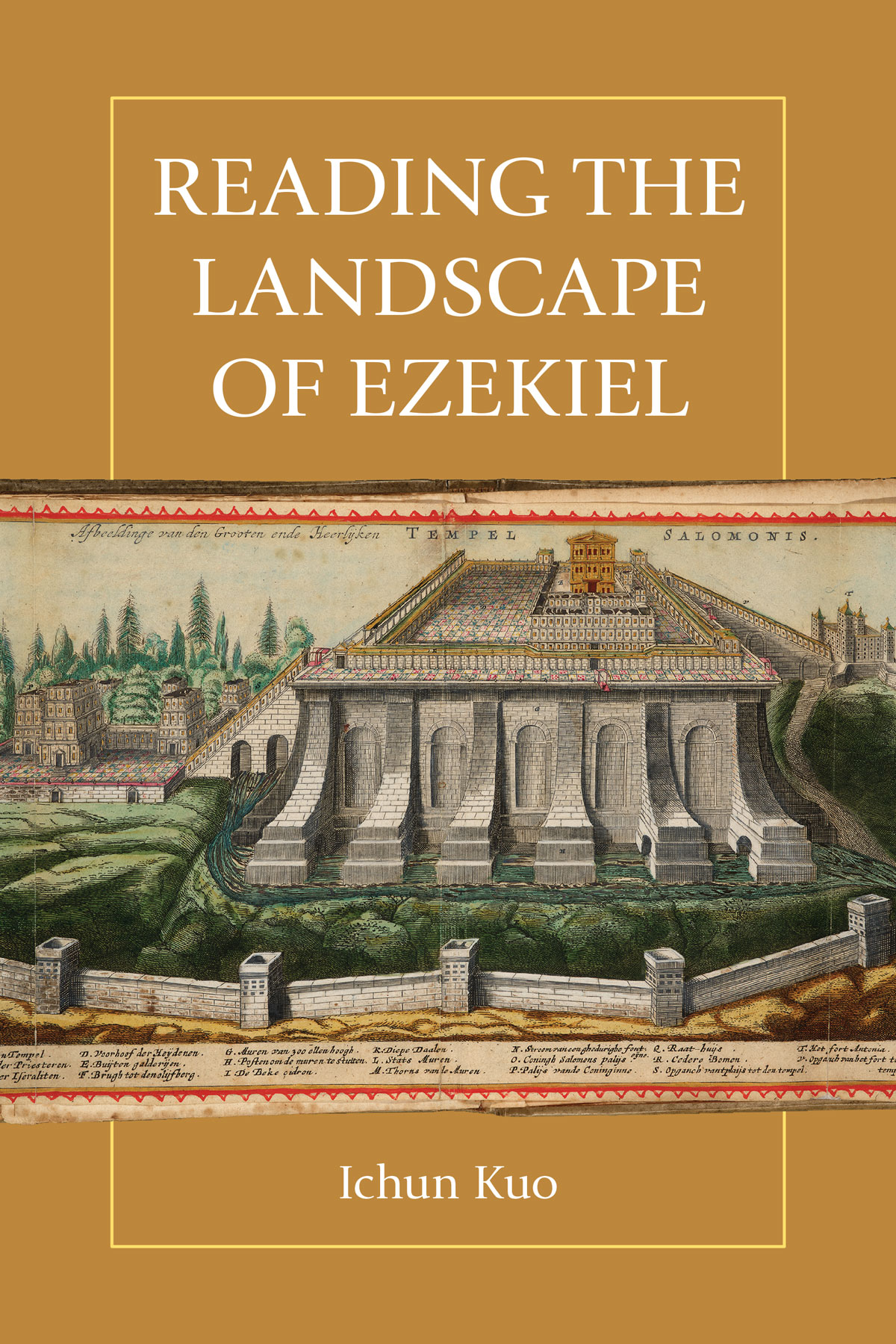
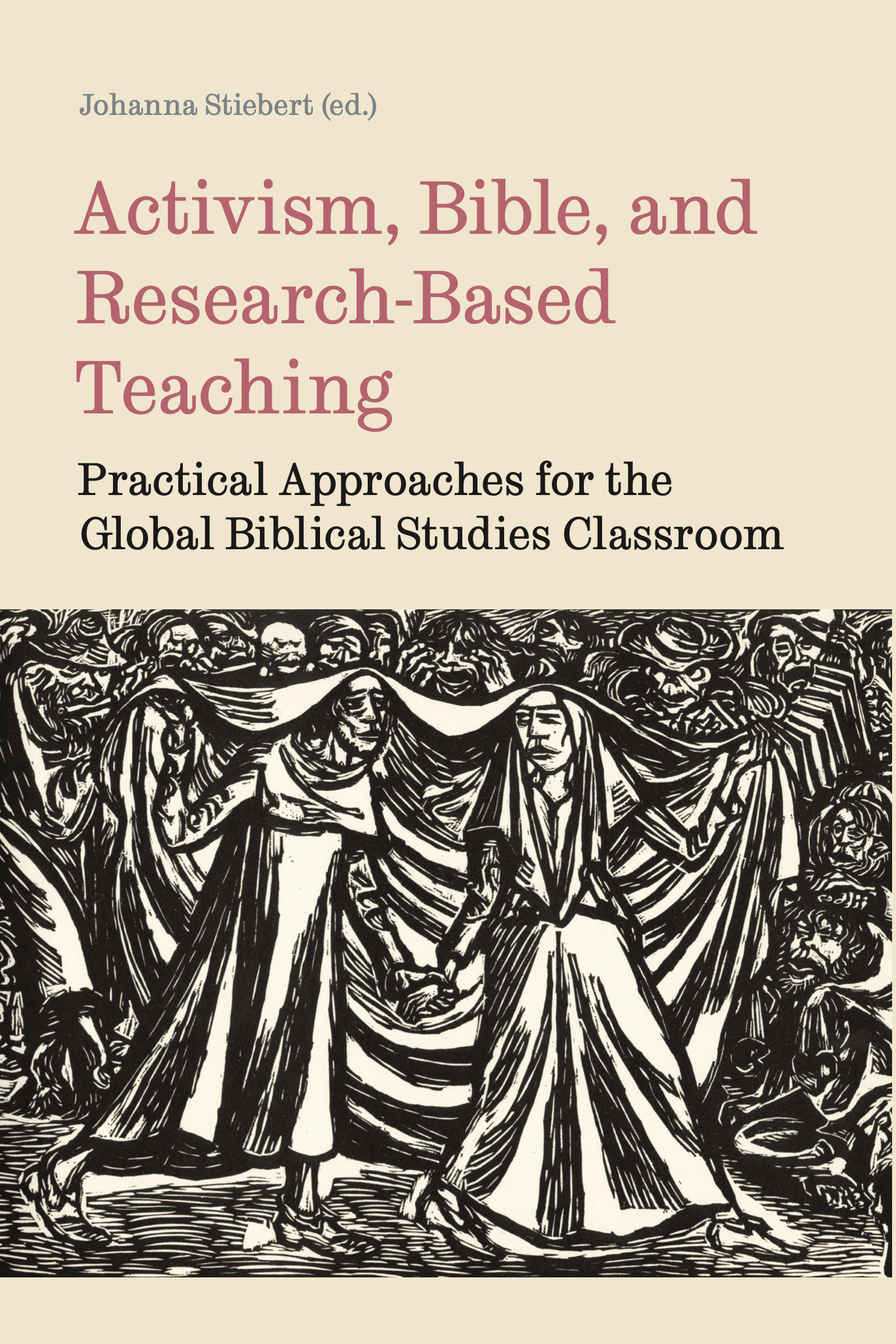
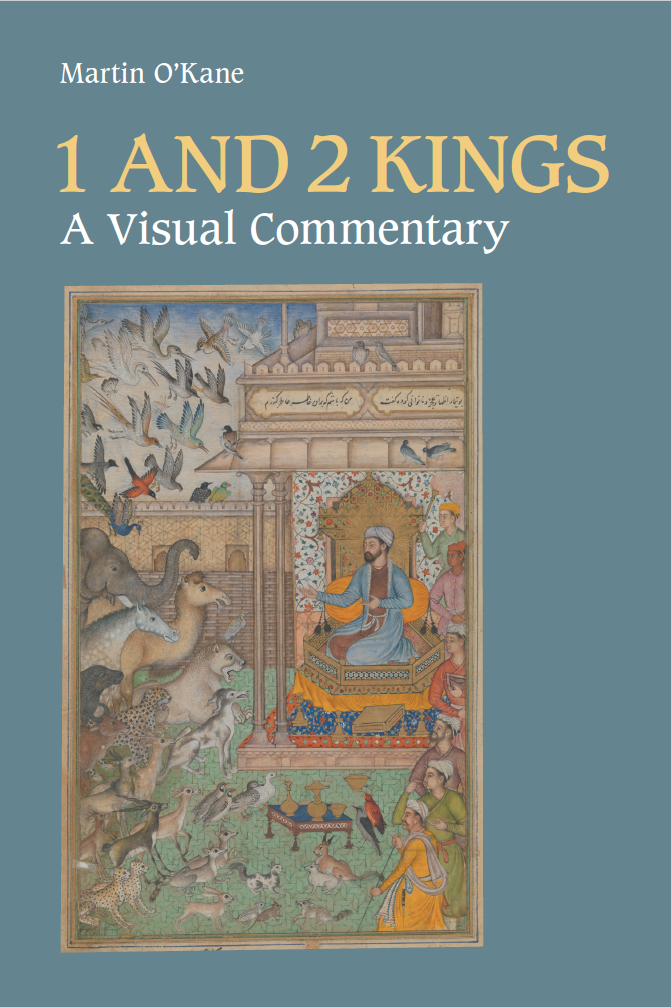
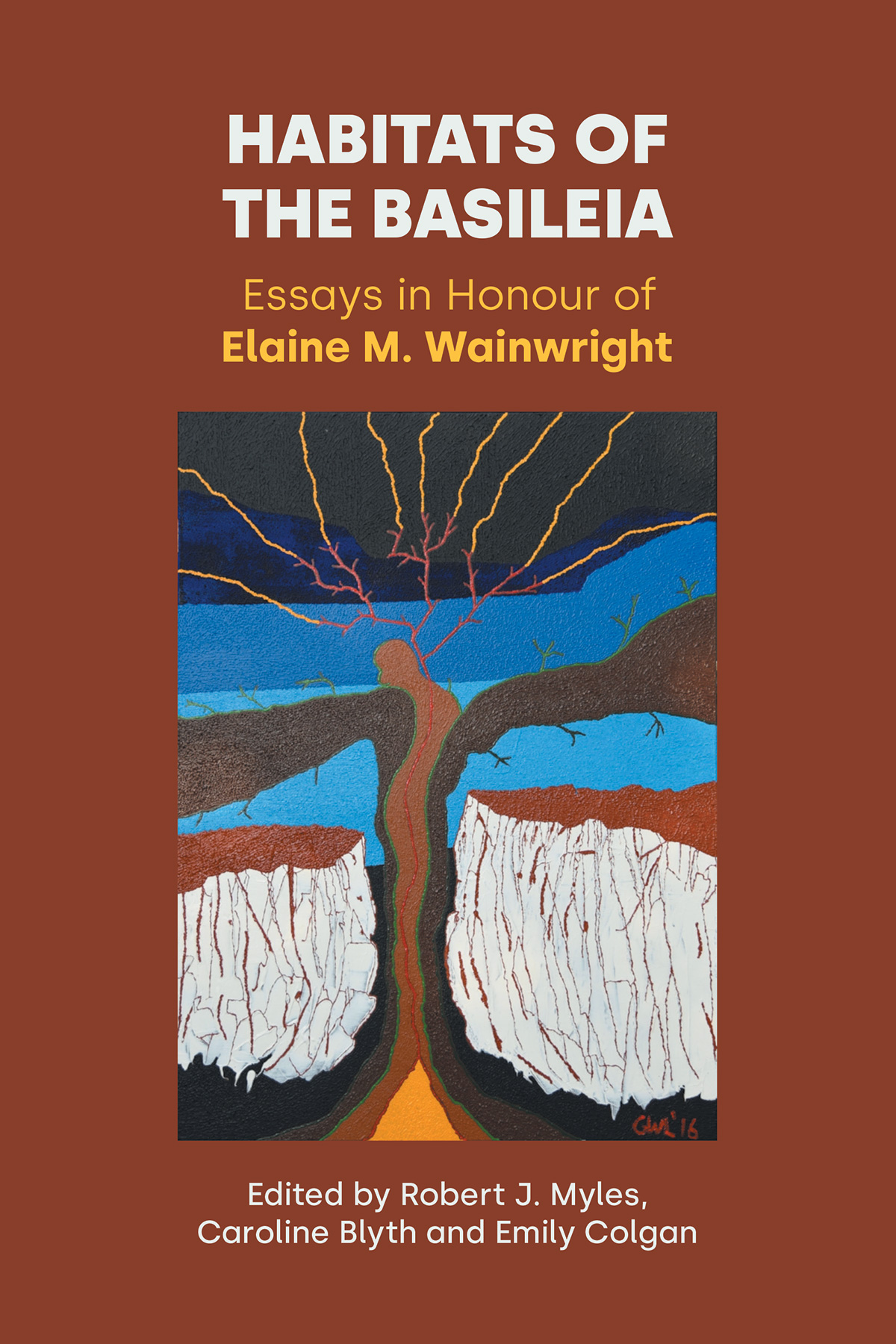
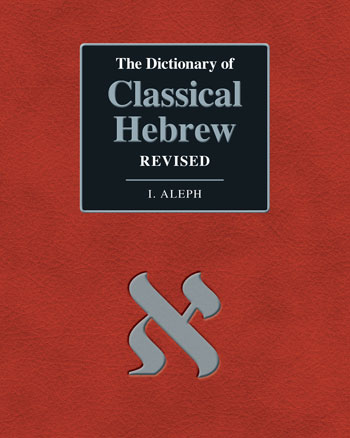
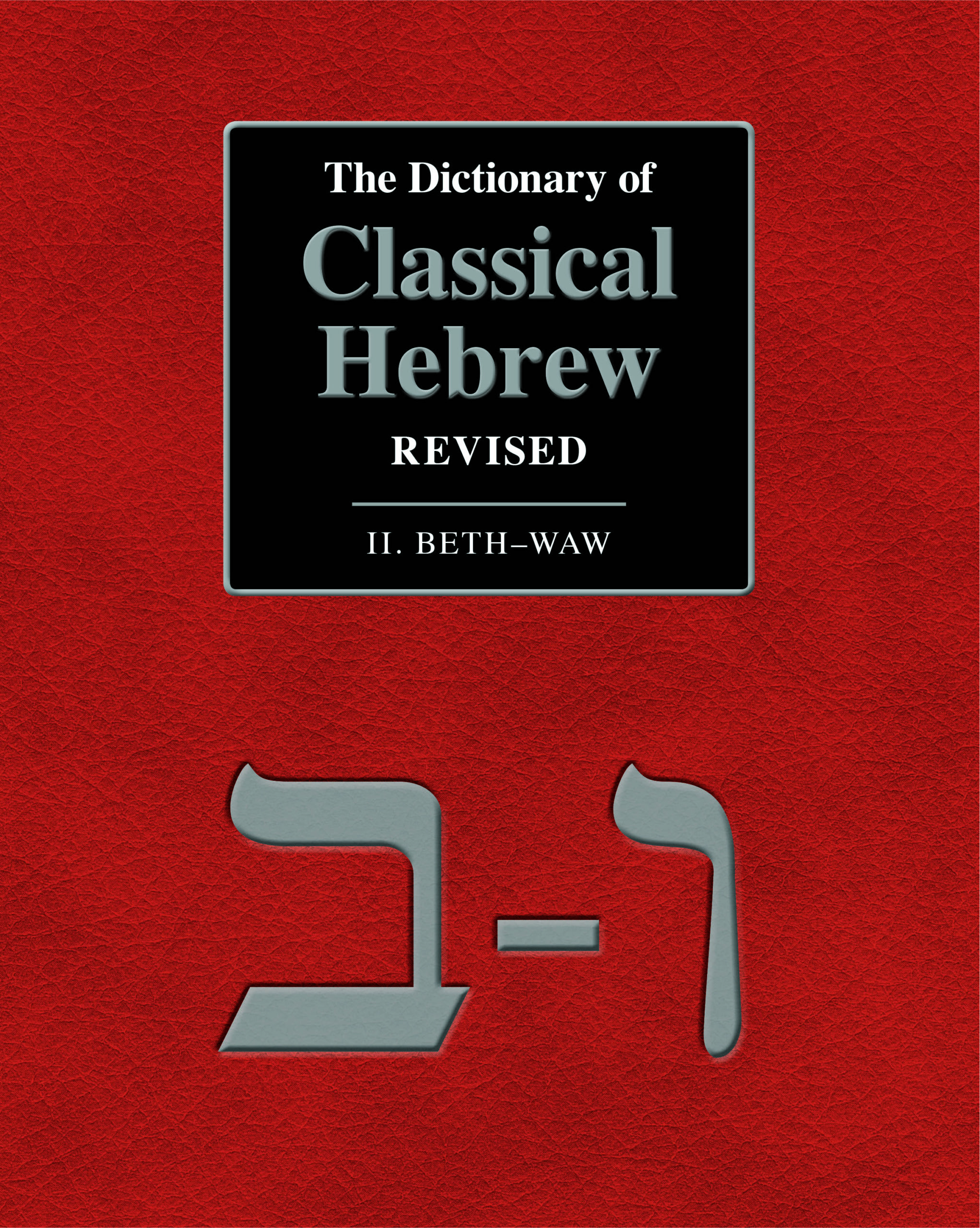
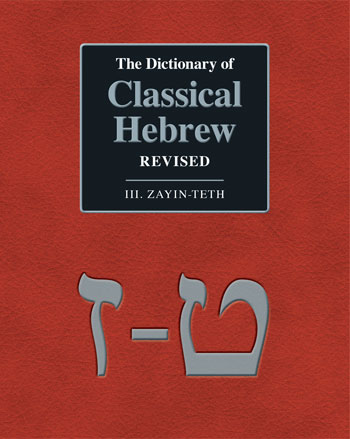




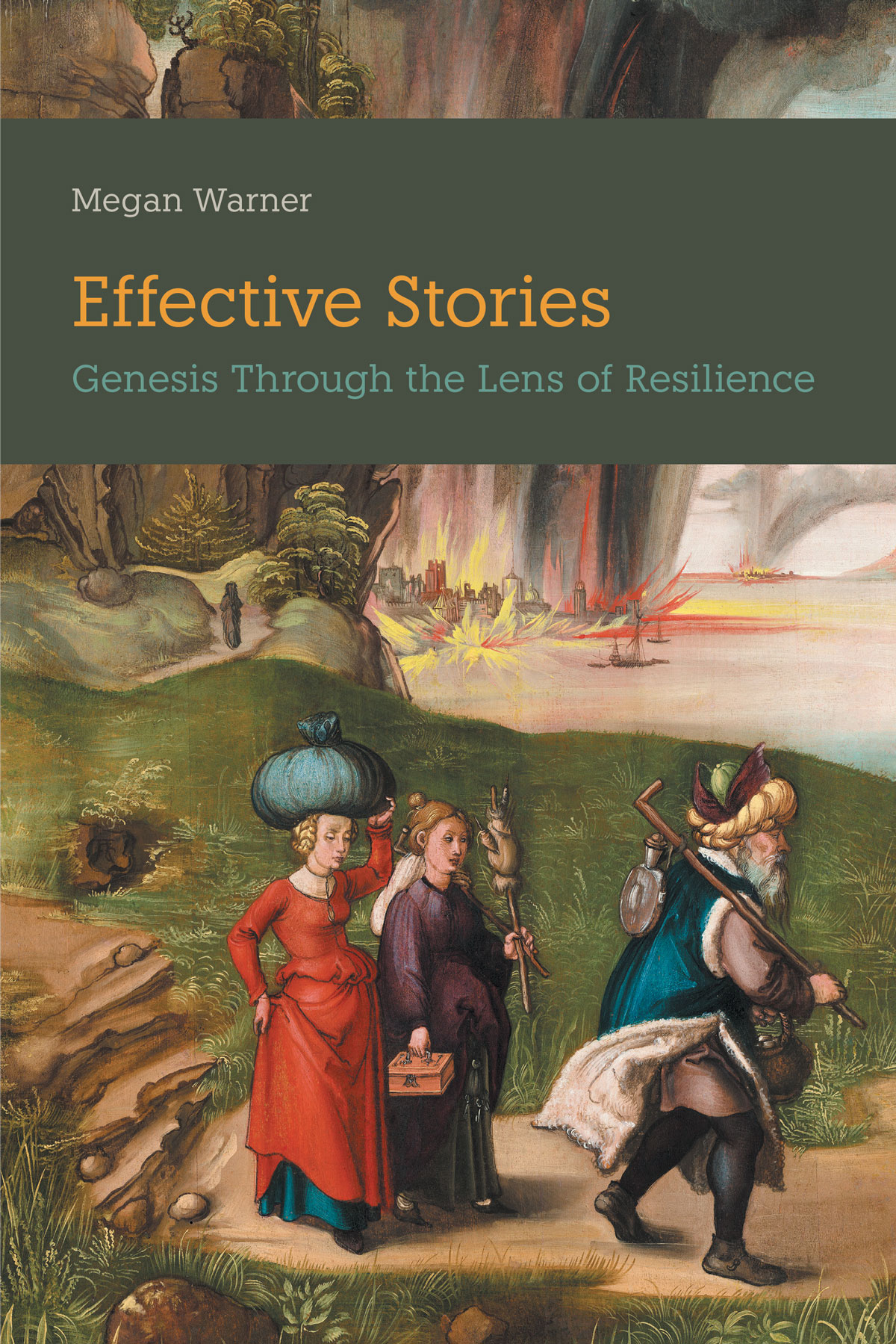
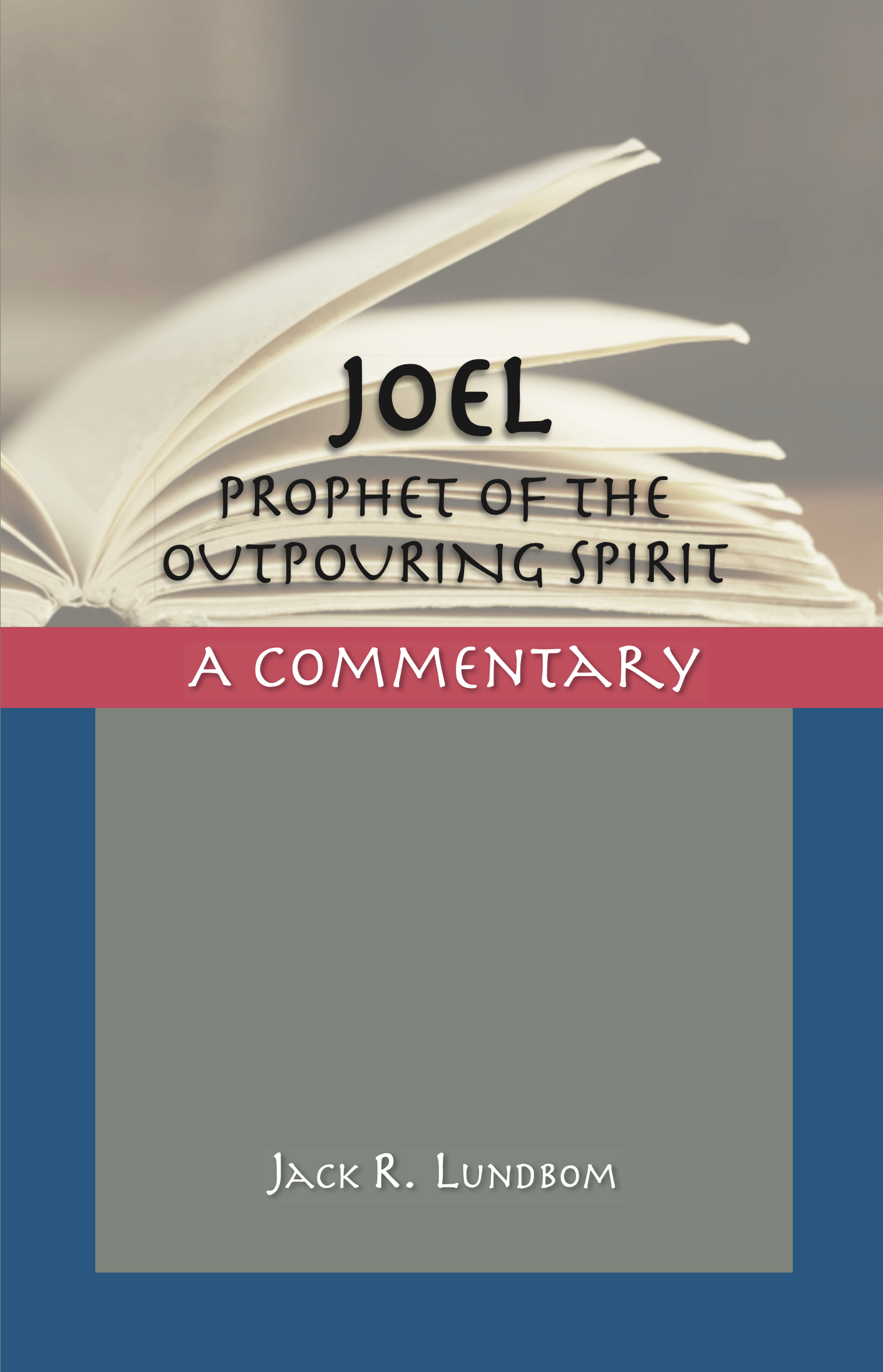
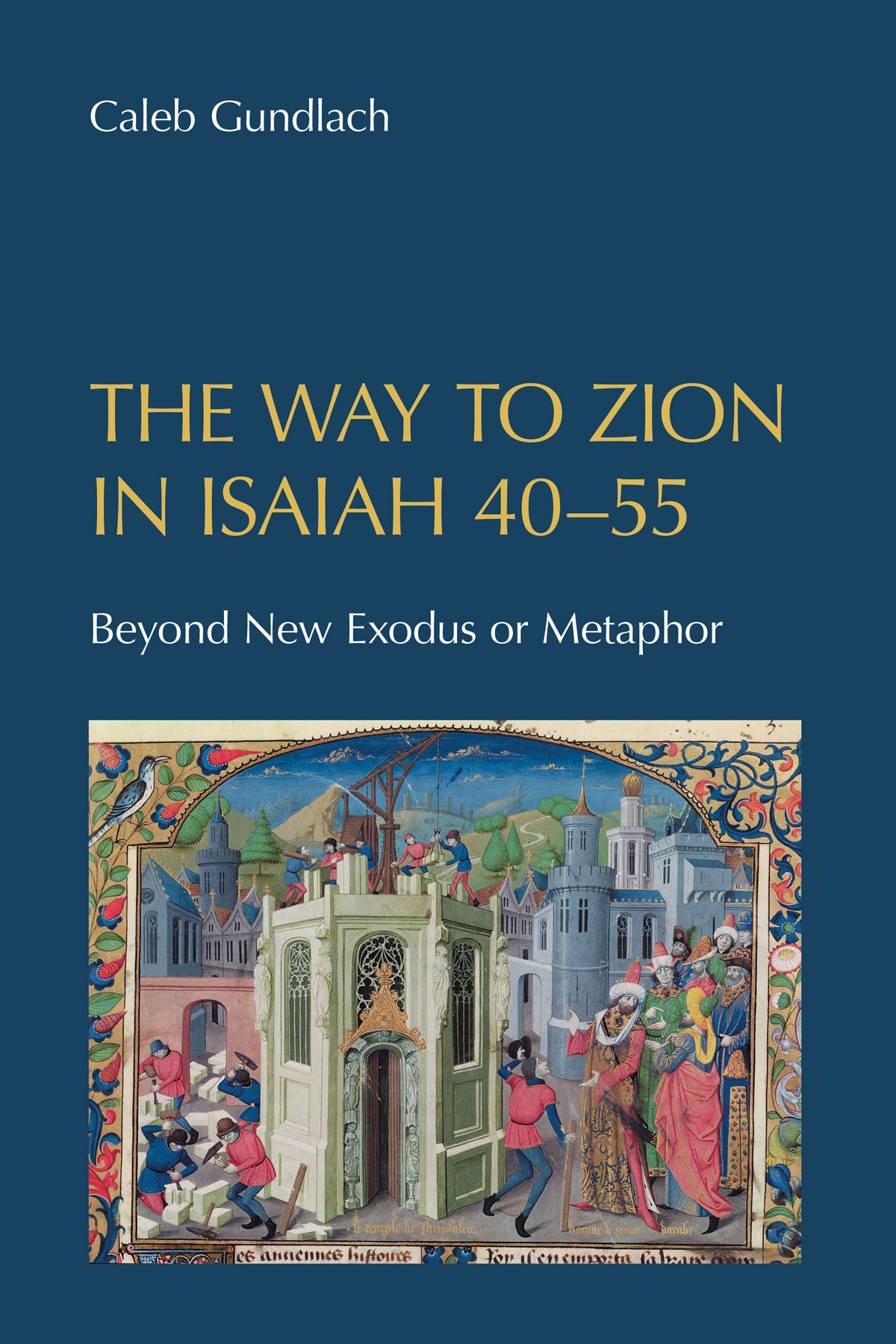



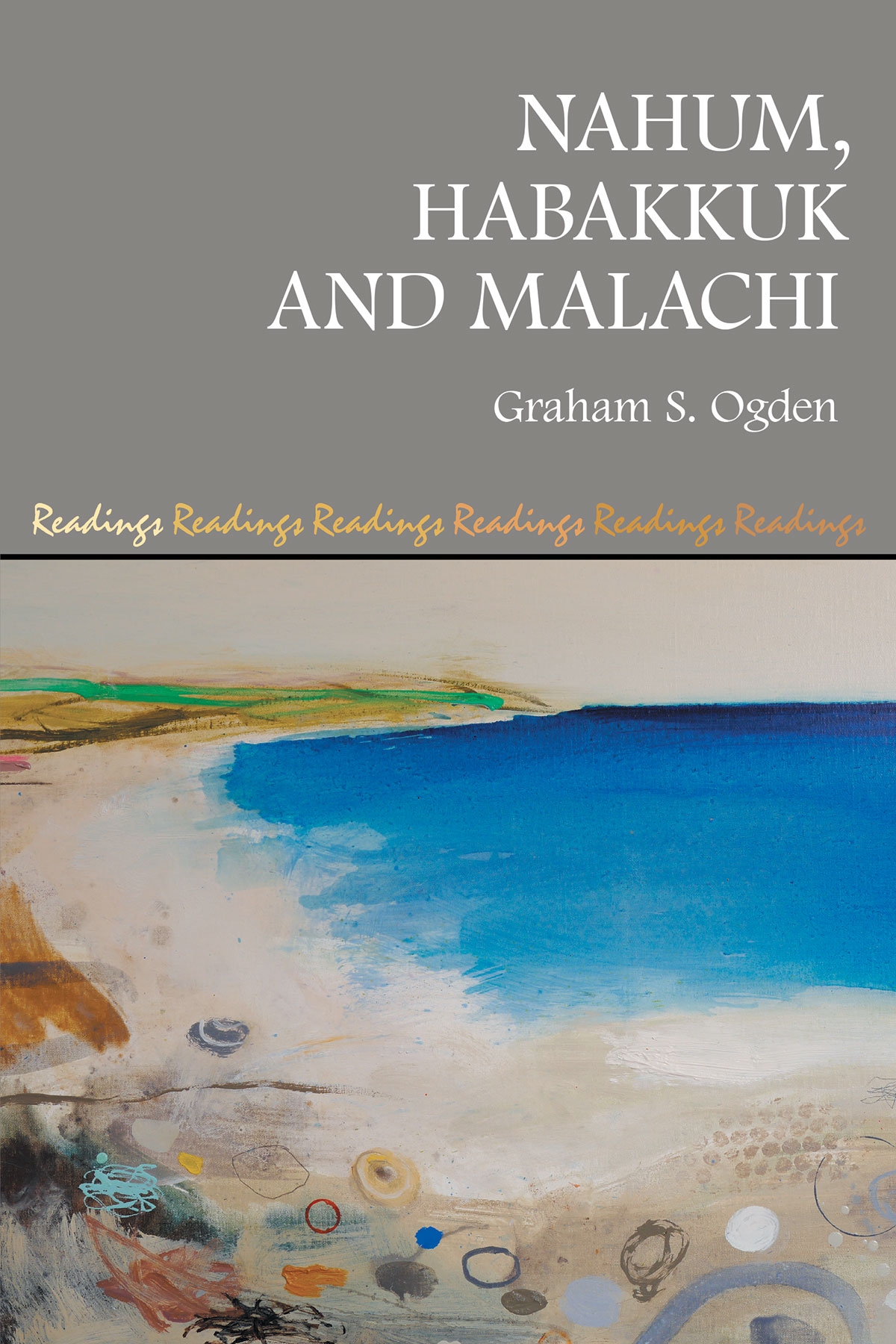
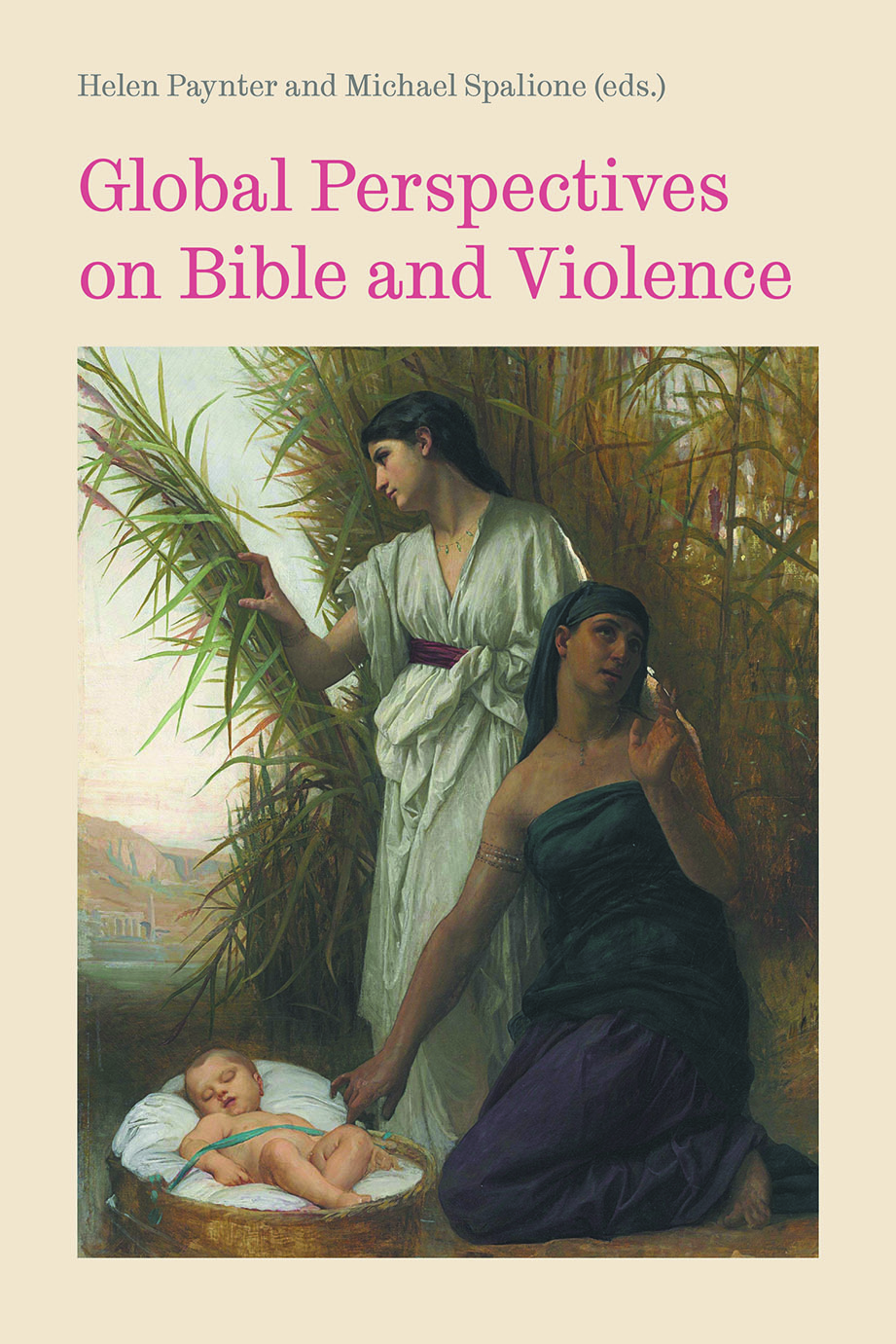

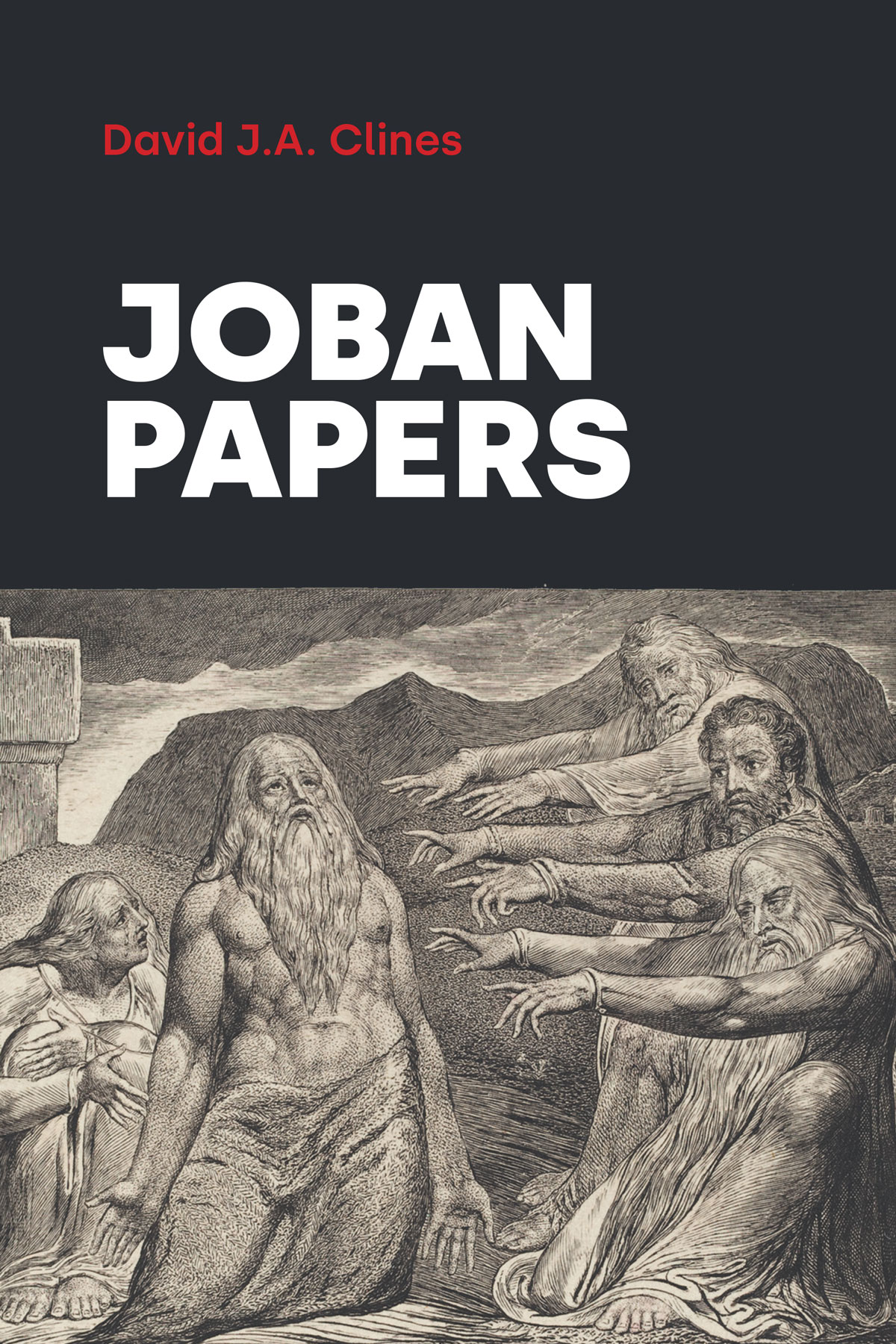
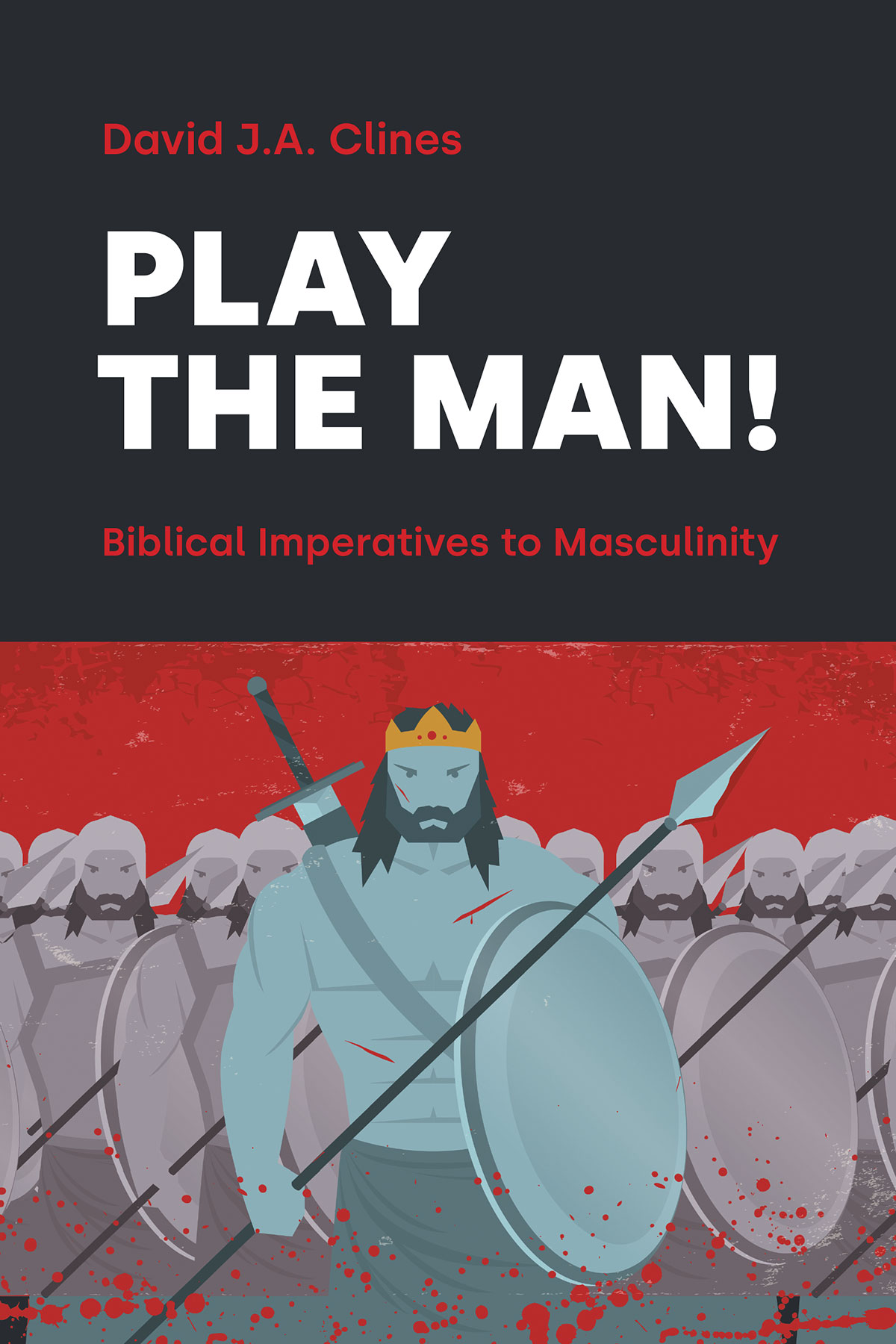
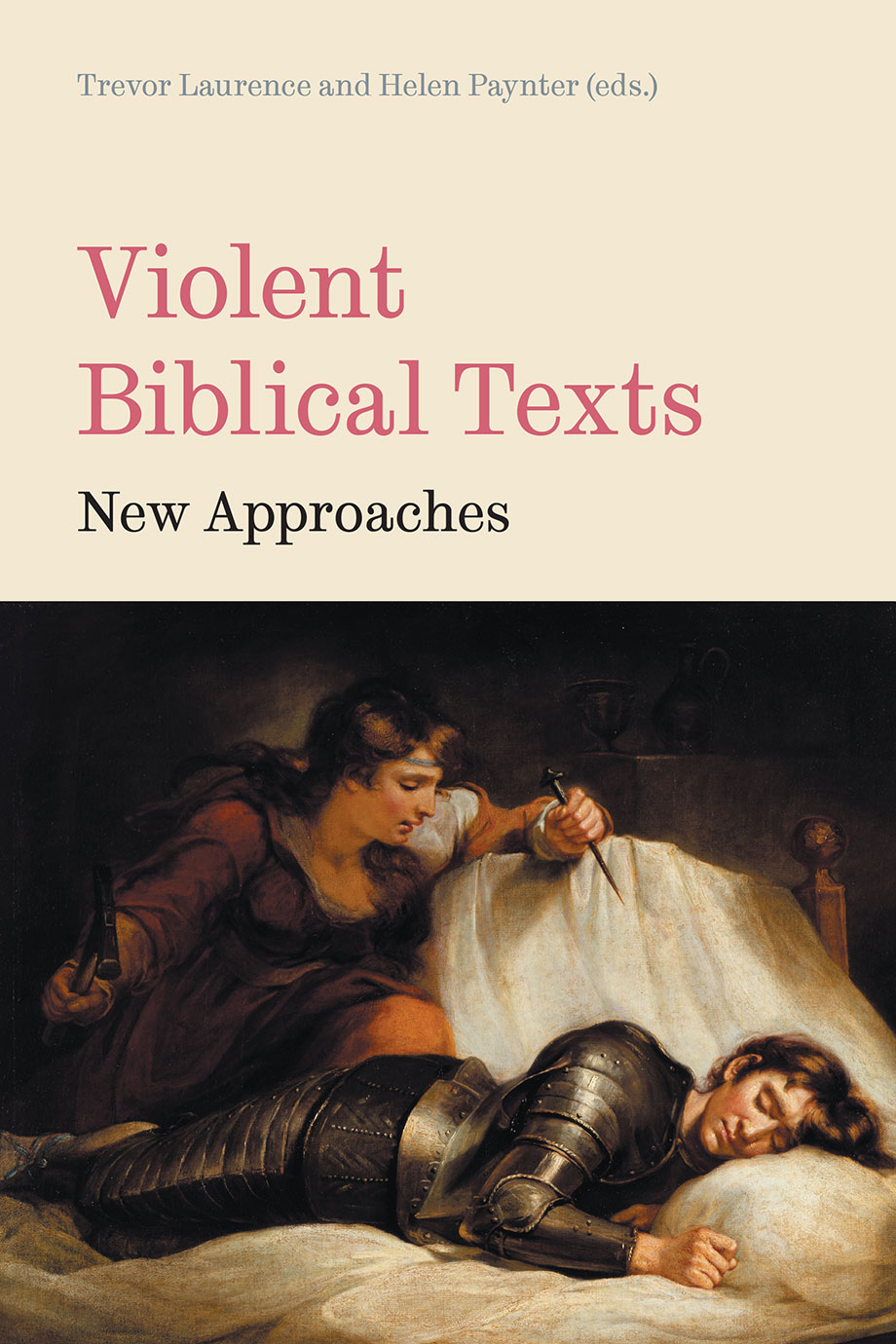
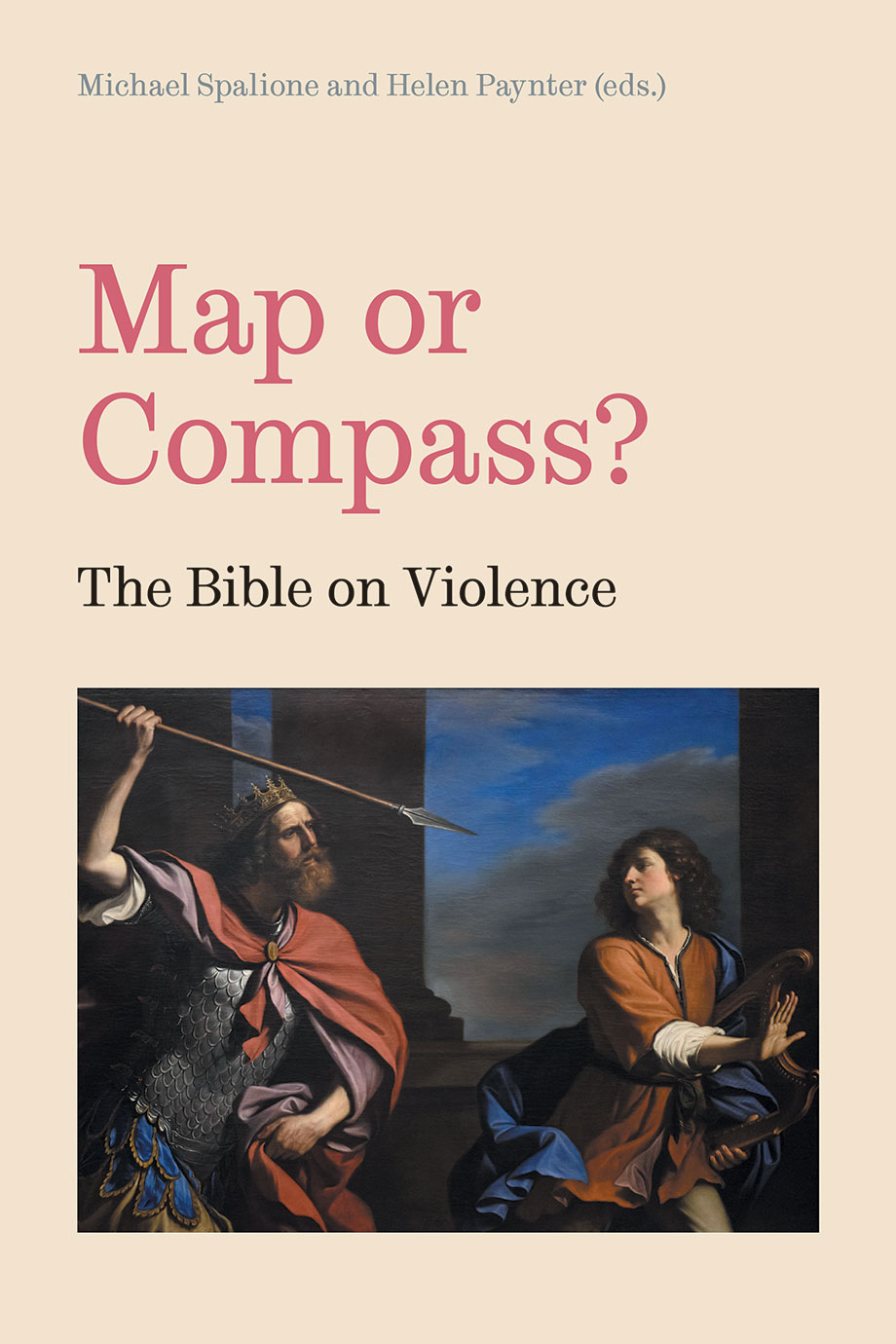


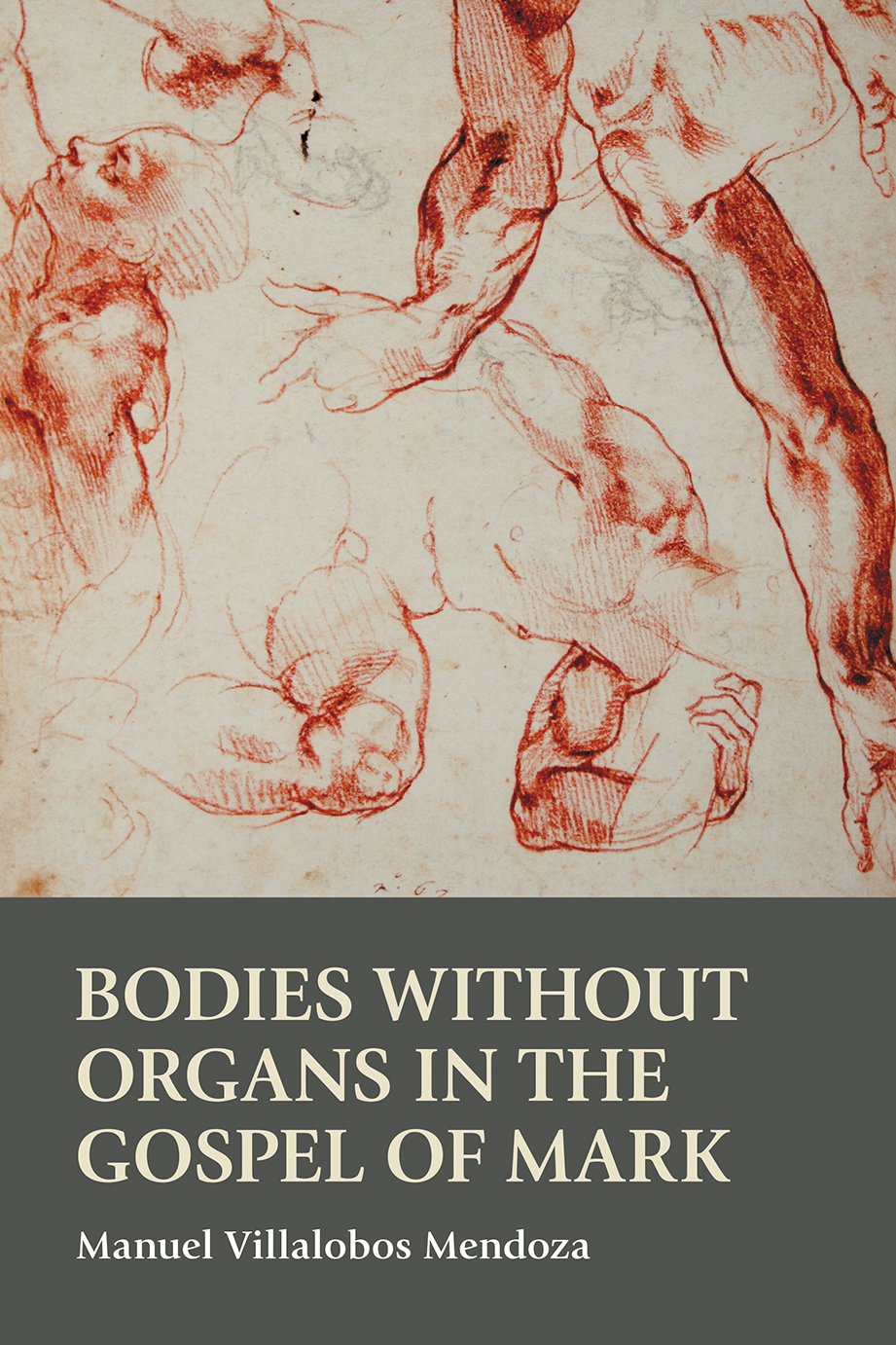

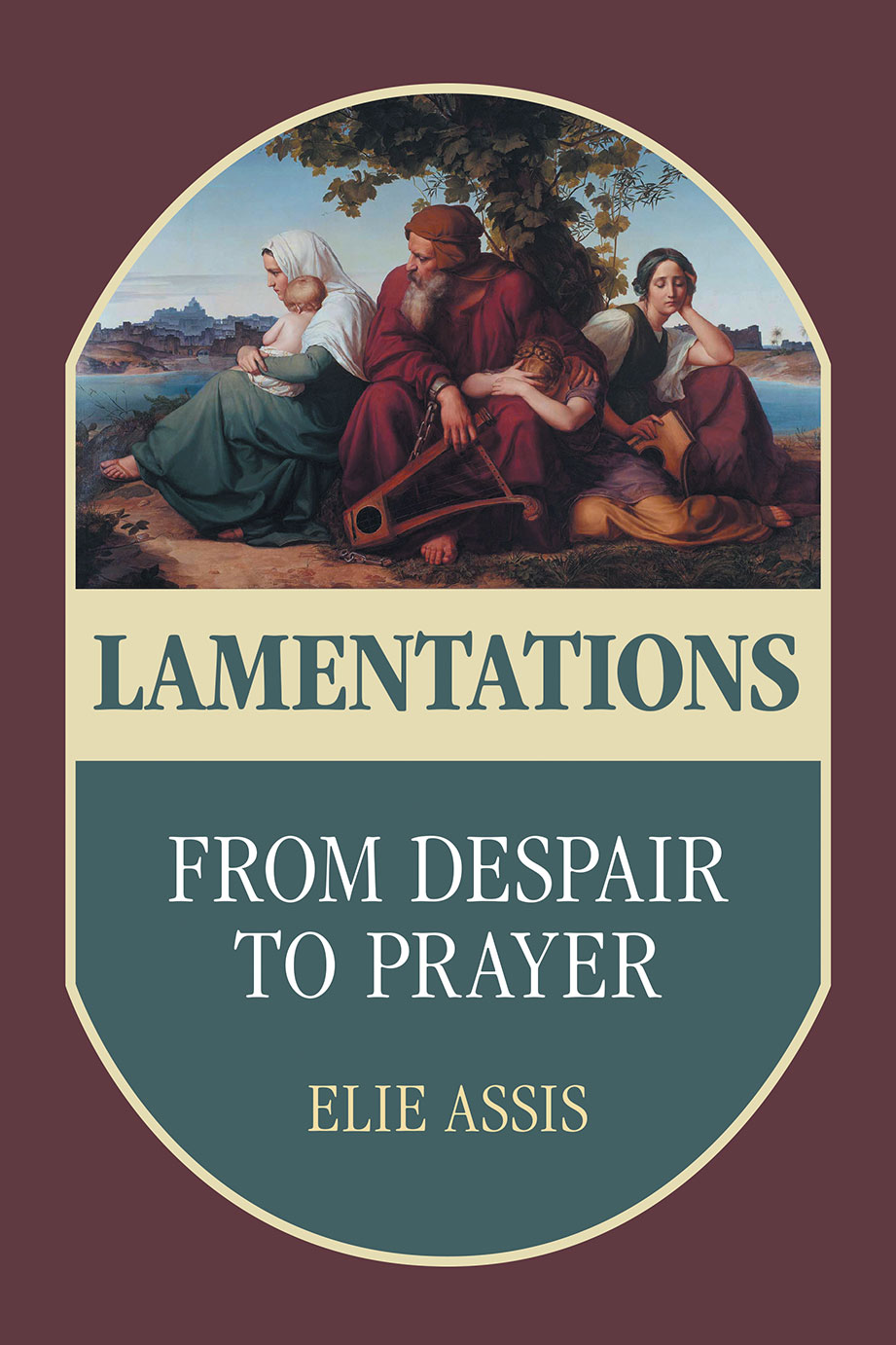
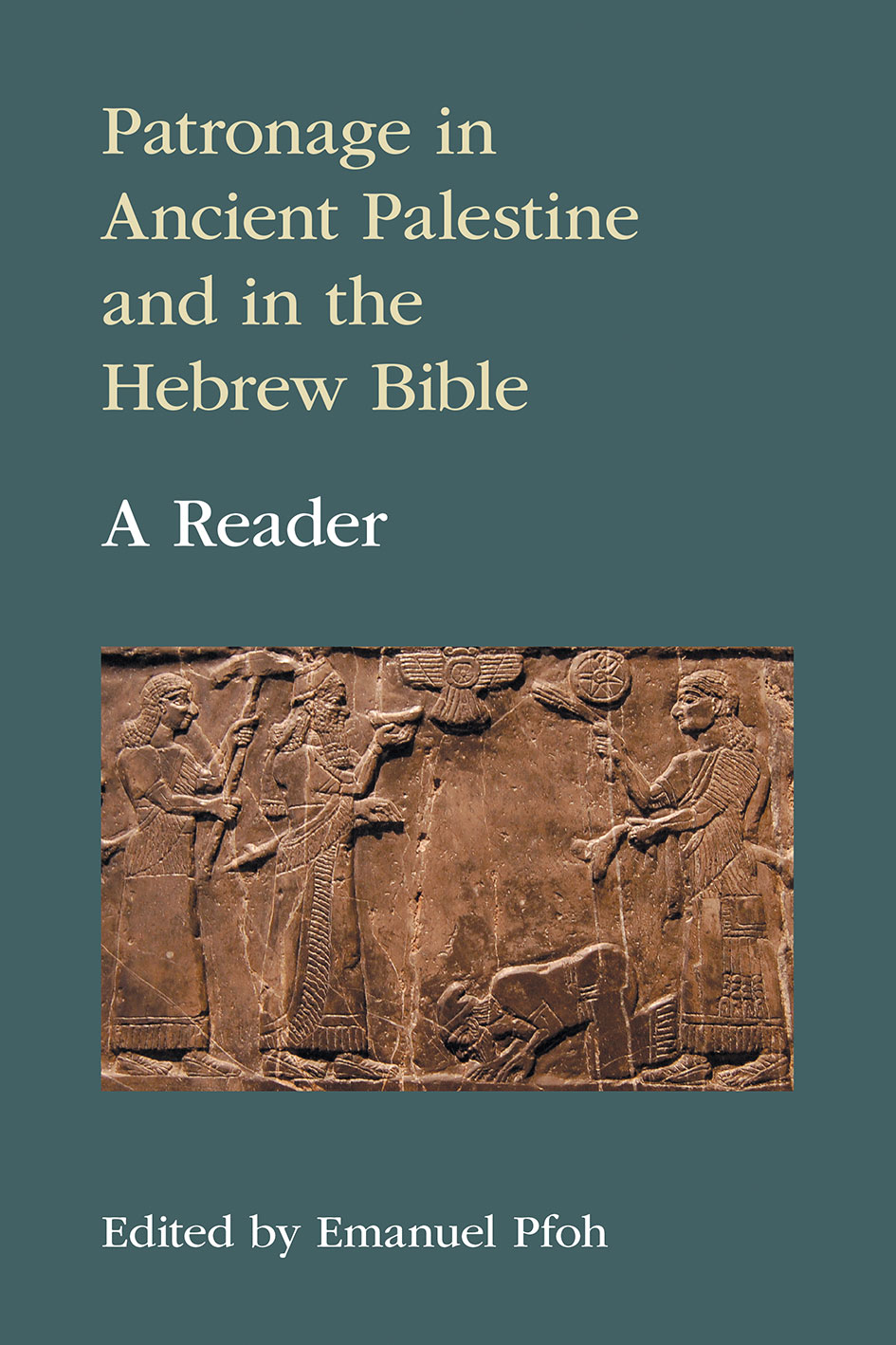
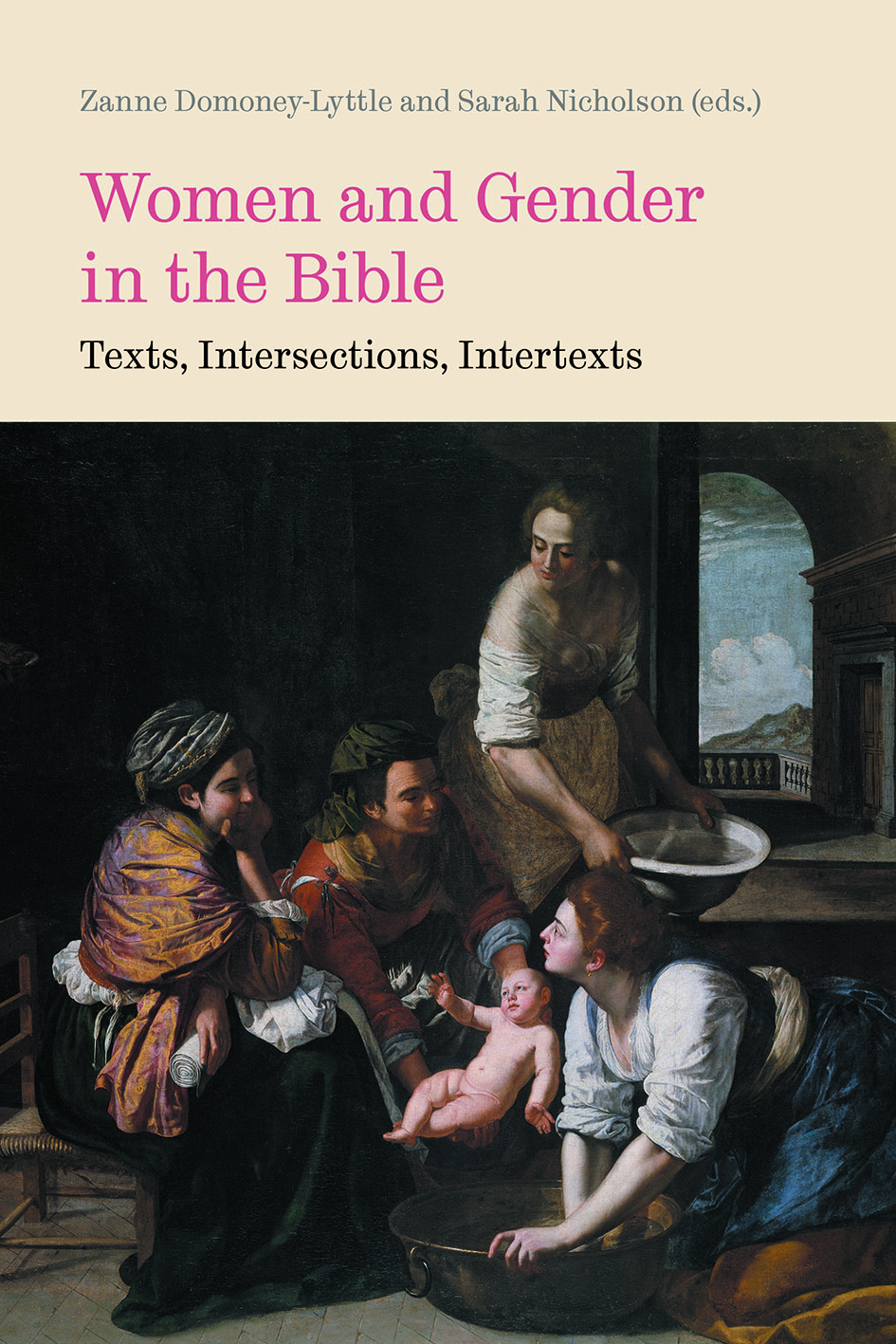
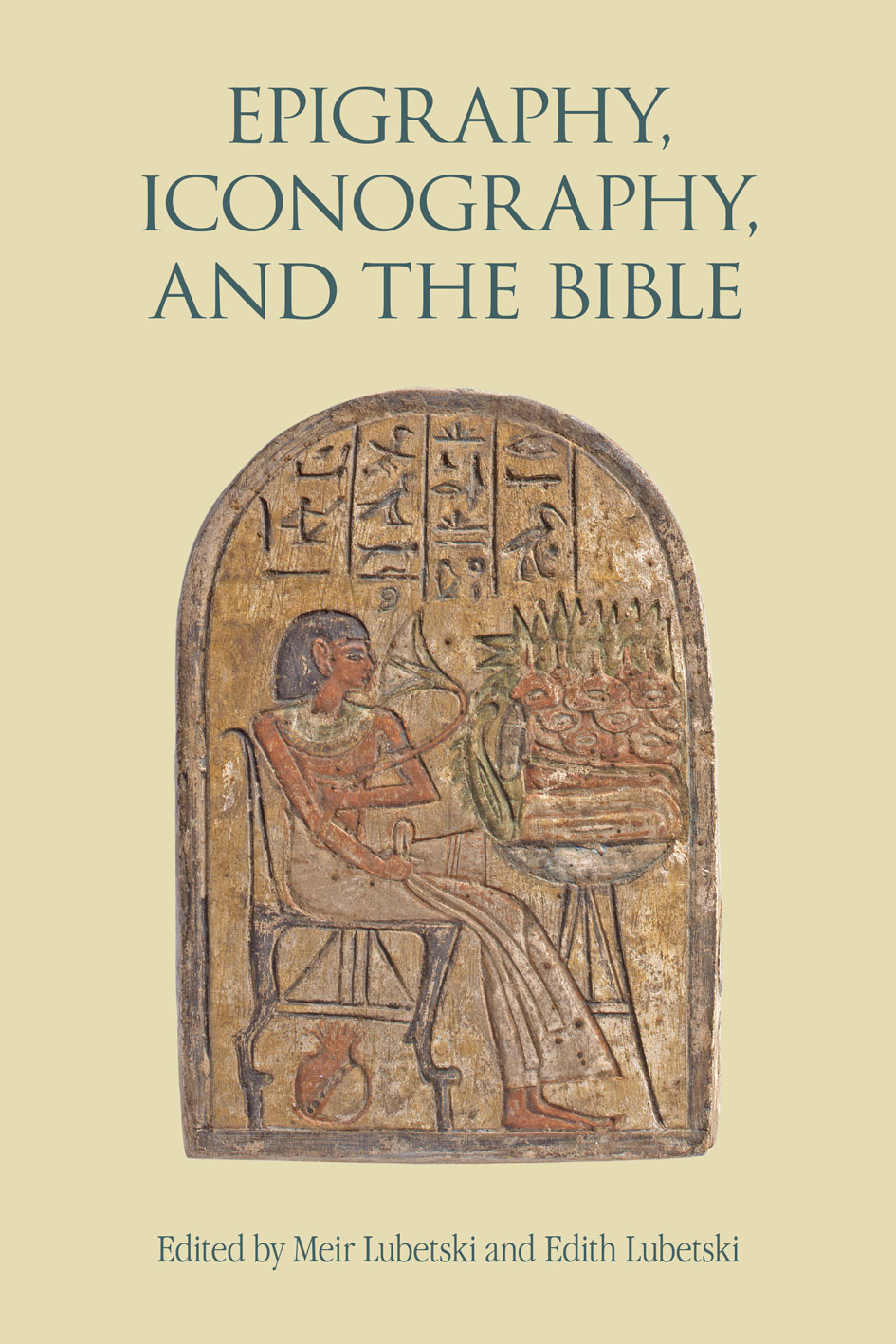
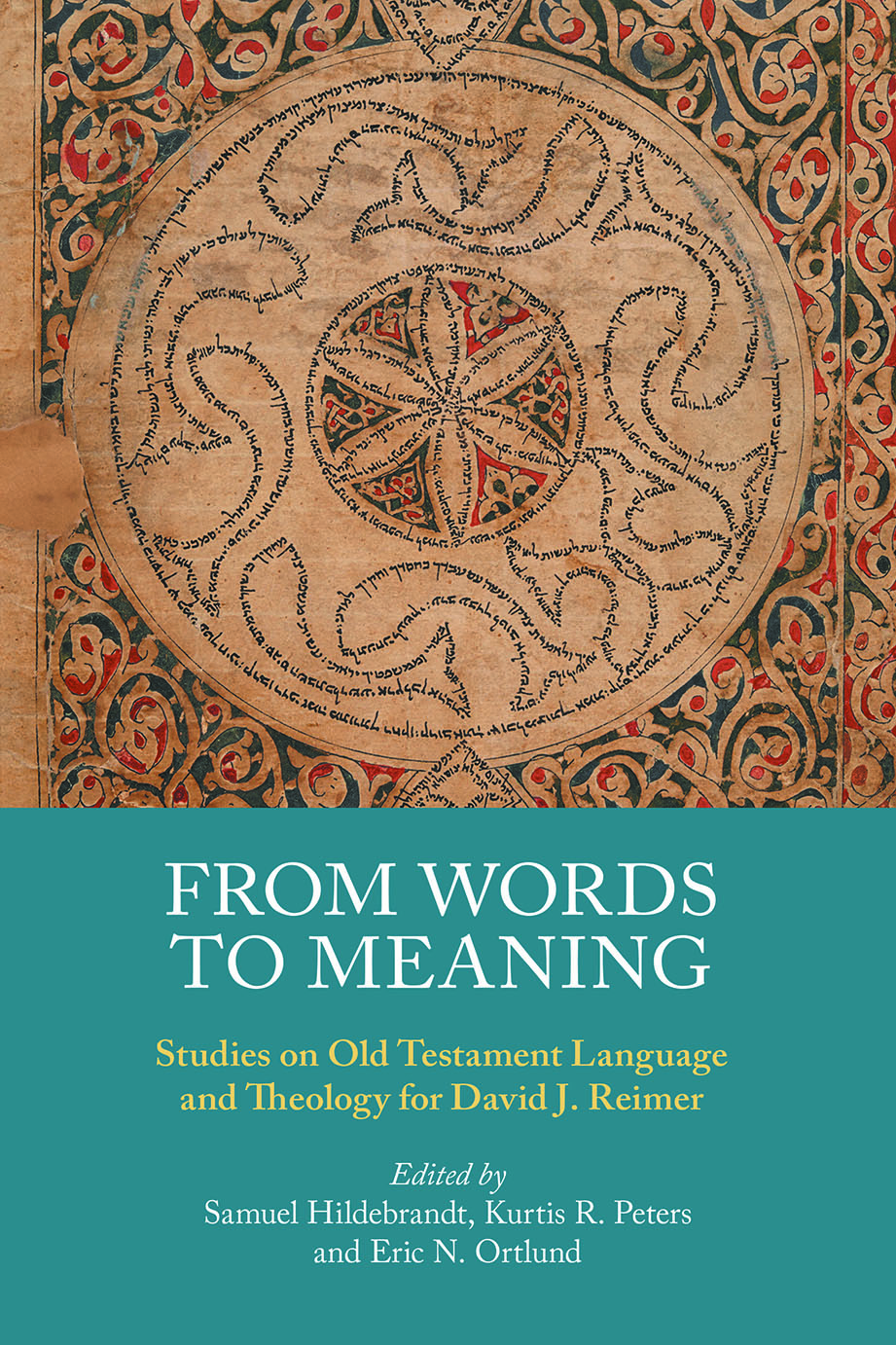
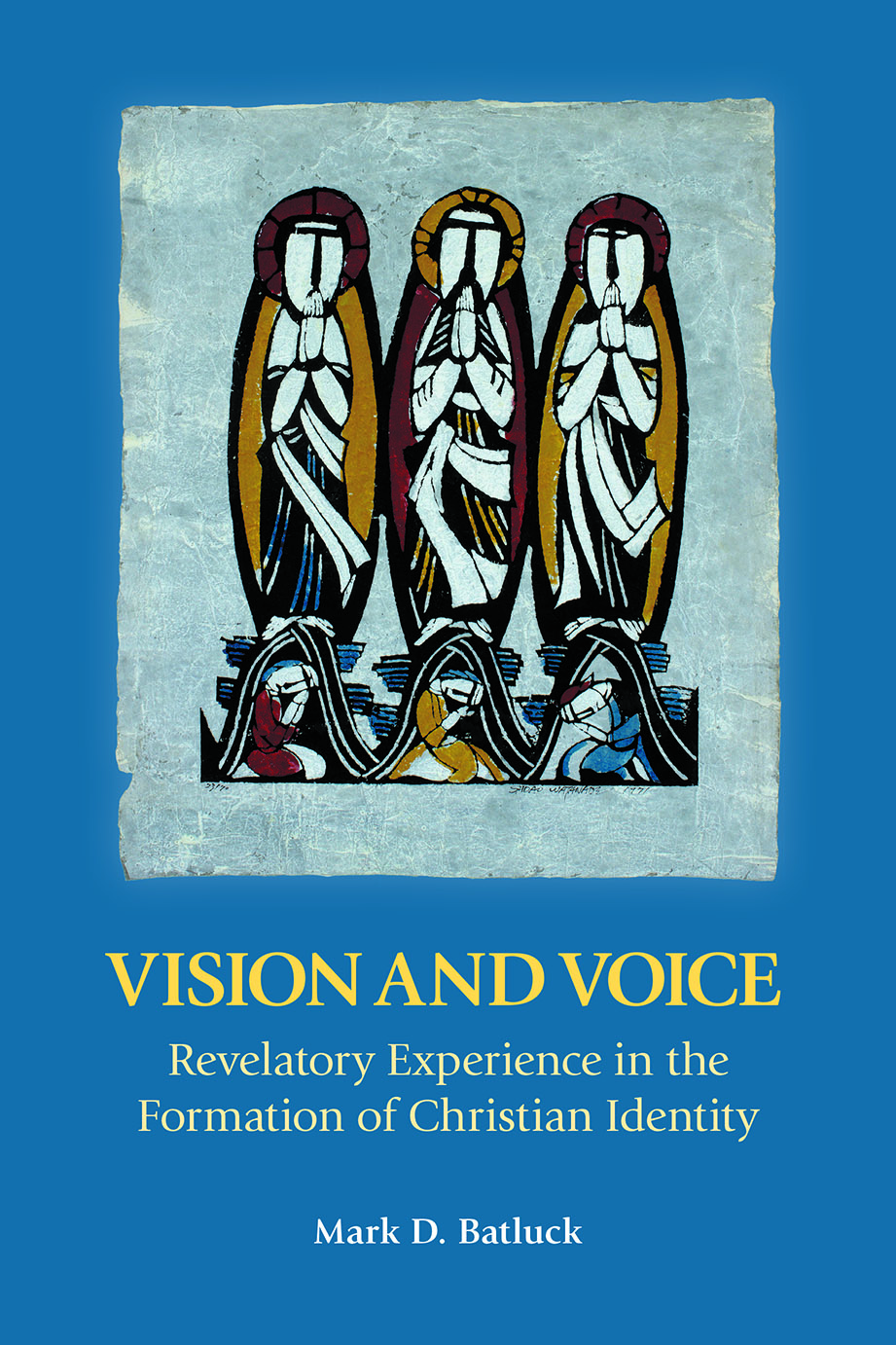
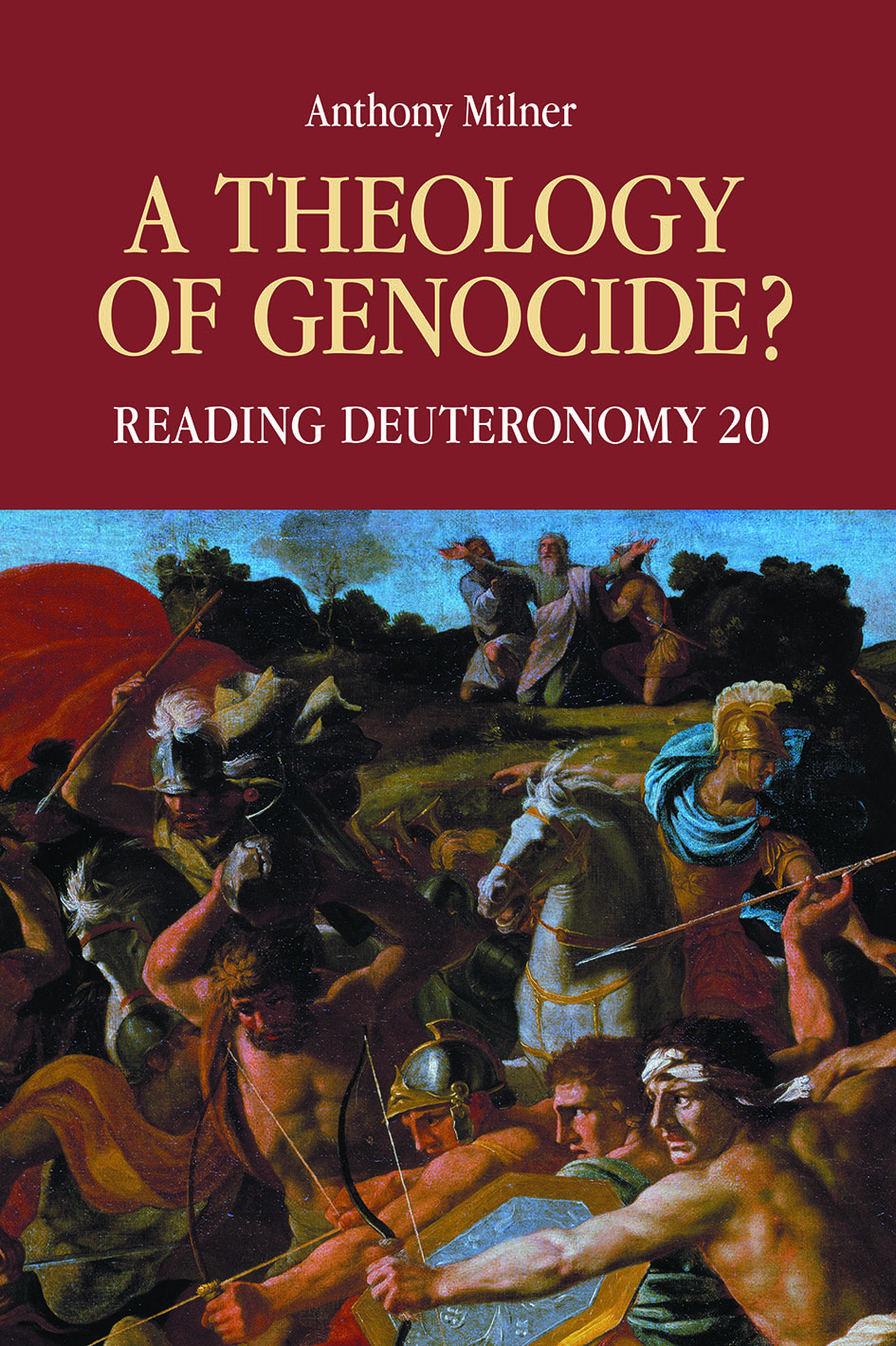
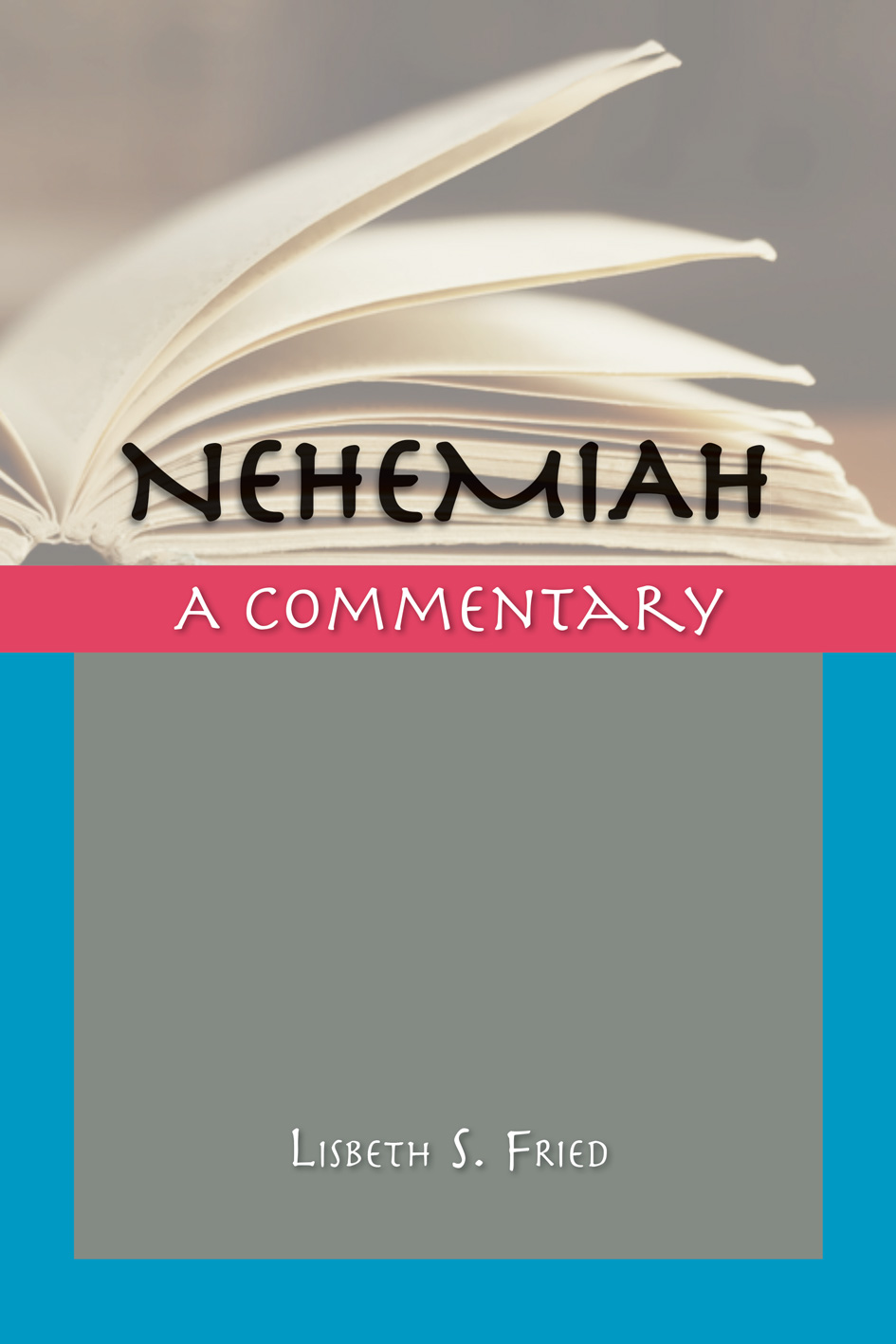
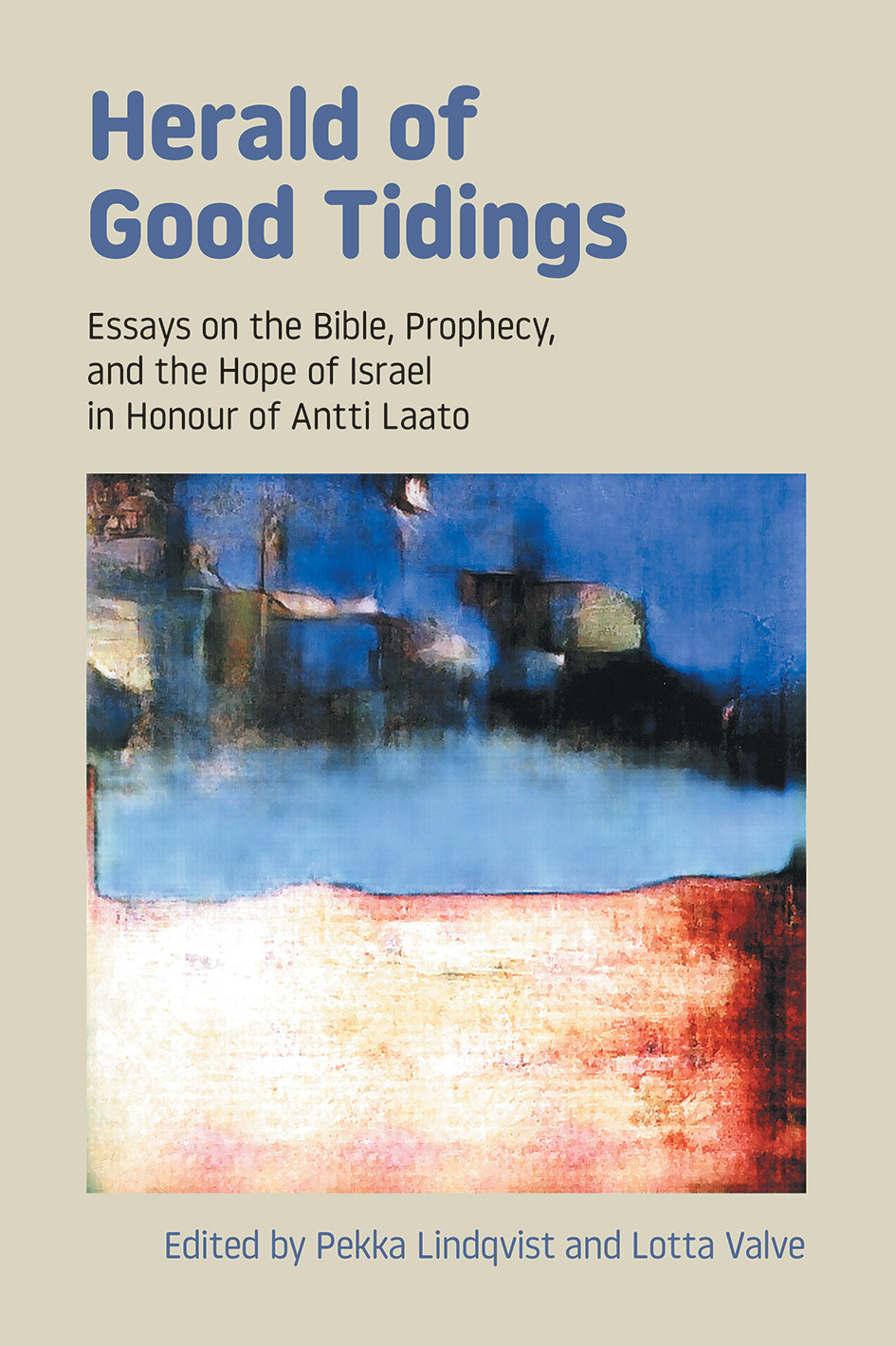
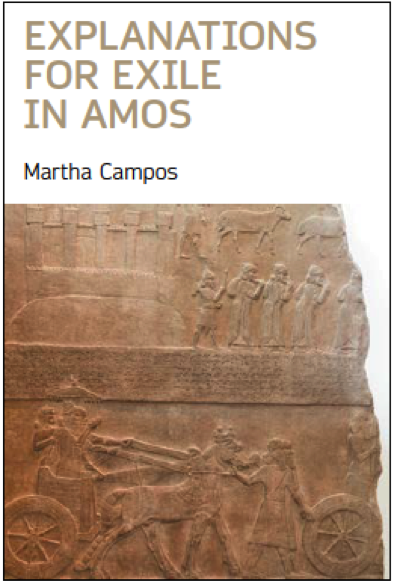

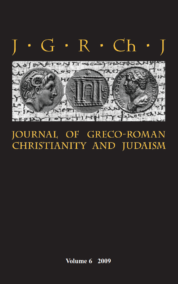



Amos and Micah
Amos and Micah